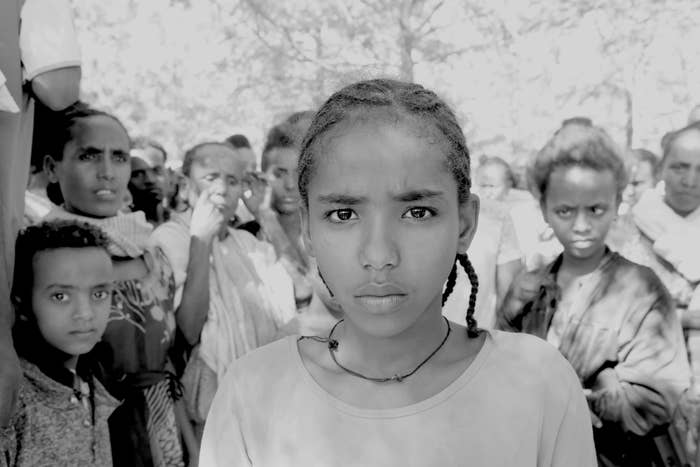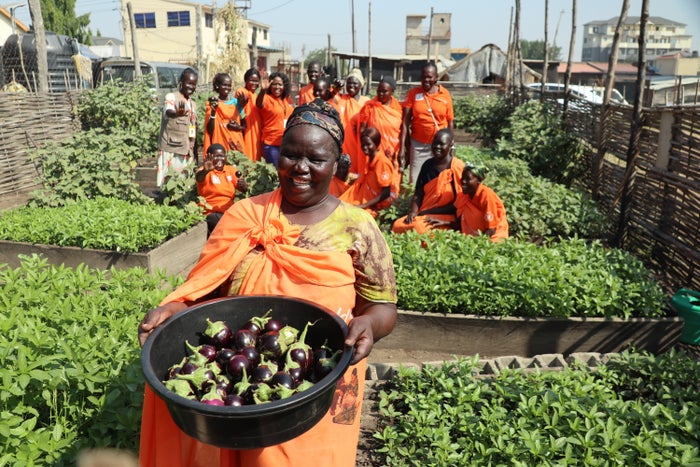*This is a developing story
In November 2020, ongoing political tensions escalated in Tigray, Ethiopia. In an instant, violence erupted causing widespread devastation.
A relatively peaceful region in Northern Ethiopia, Tigray instantly became the centre of world affairs, as strong debate filled news channels and celebrities posted on social media. Amidst the chaos our focus remained the same, Ethiopian children and their survival.
Political conflict, the shut down of all forms of communication and a lack of immediate access for humanitarian groups severely increased the pressure many Ethiopians were already facing. For four years Ethiopia has endured several Category III crisis’. Recurring drought and severe locust plagues have devastated crops, destroying food sources and livelihoods, forcing families to leave everything behind as they migrate to areas where food, water and support may be available.
Ethiopia has known and survived this type of devastation before.
In the 1980s Ethiopia endured one of the worst humanitarian events of the 20th century. According to the United Nations the Ethiopia famine and hunger crisis lead to an estimated 1 million deaths and millions of families were displaced from their homes without any support to rebuild their lives.
The severity of drought, locust invasions, ongoing climate effects and the current conflict are highly concerning as they mirror similarities experienced during the 1980s crisis. It’s not one ‘thing’ or ‘issue’ that causes a crisis of this magnitude, it’s the build up of disasters, one after the other. Be it political or natural, they are all connected.
Amidst all of this, children are the most vulnerable and in order to help children build a future, we must first make sure they can survive.
Take a look at the video below to see how World Vision is currently working in Tigray and the surrounding areas, delivering water and essentials for survival.





